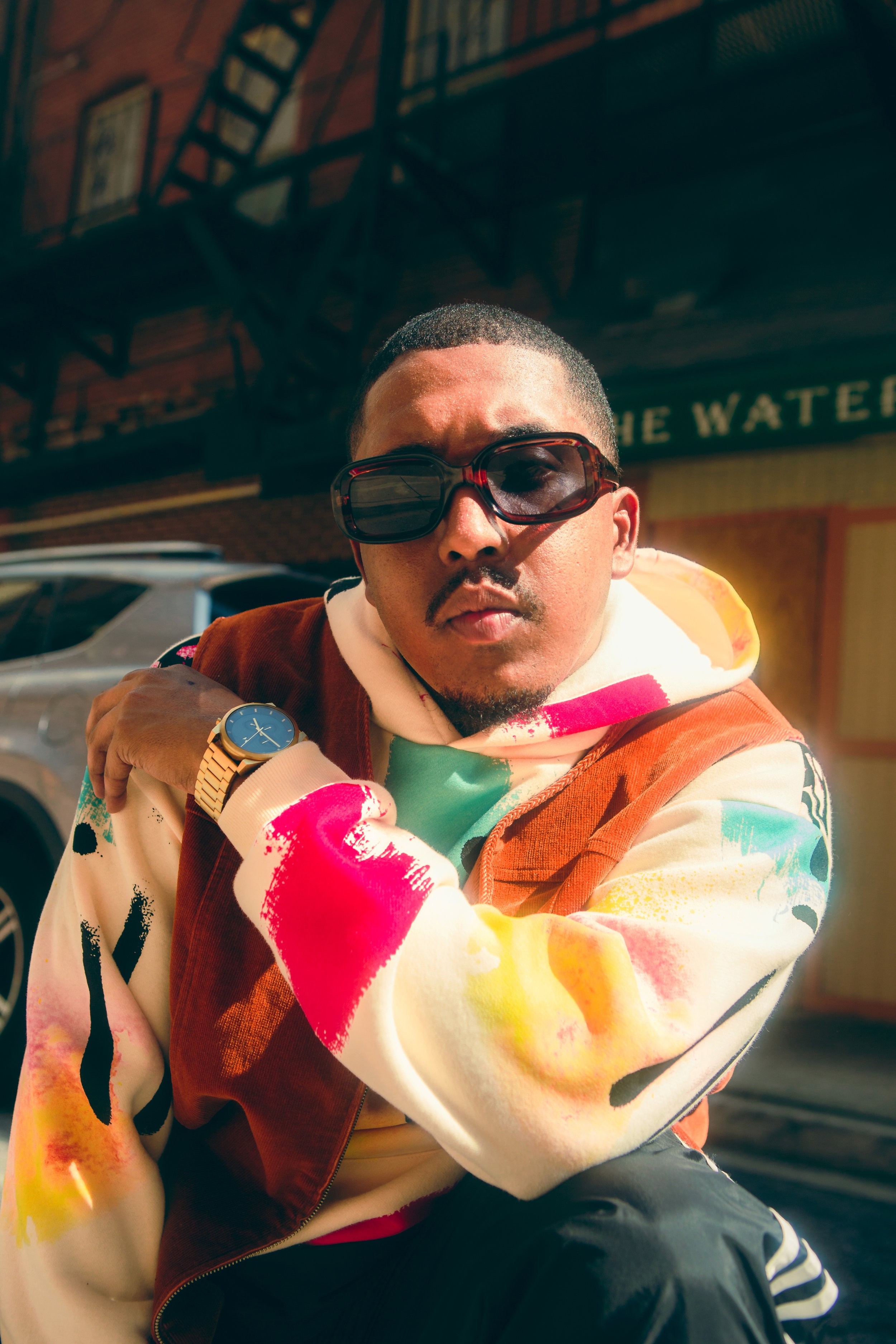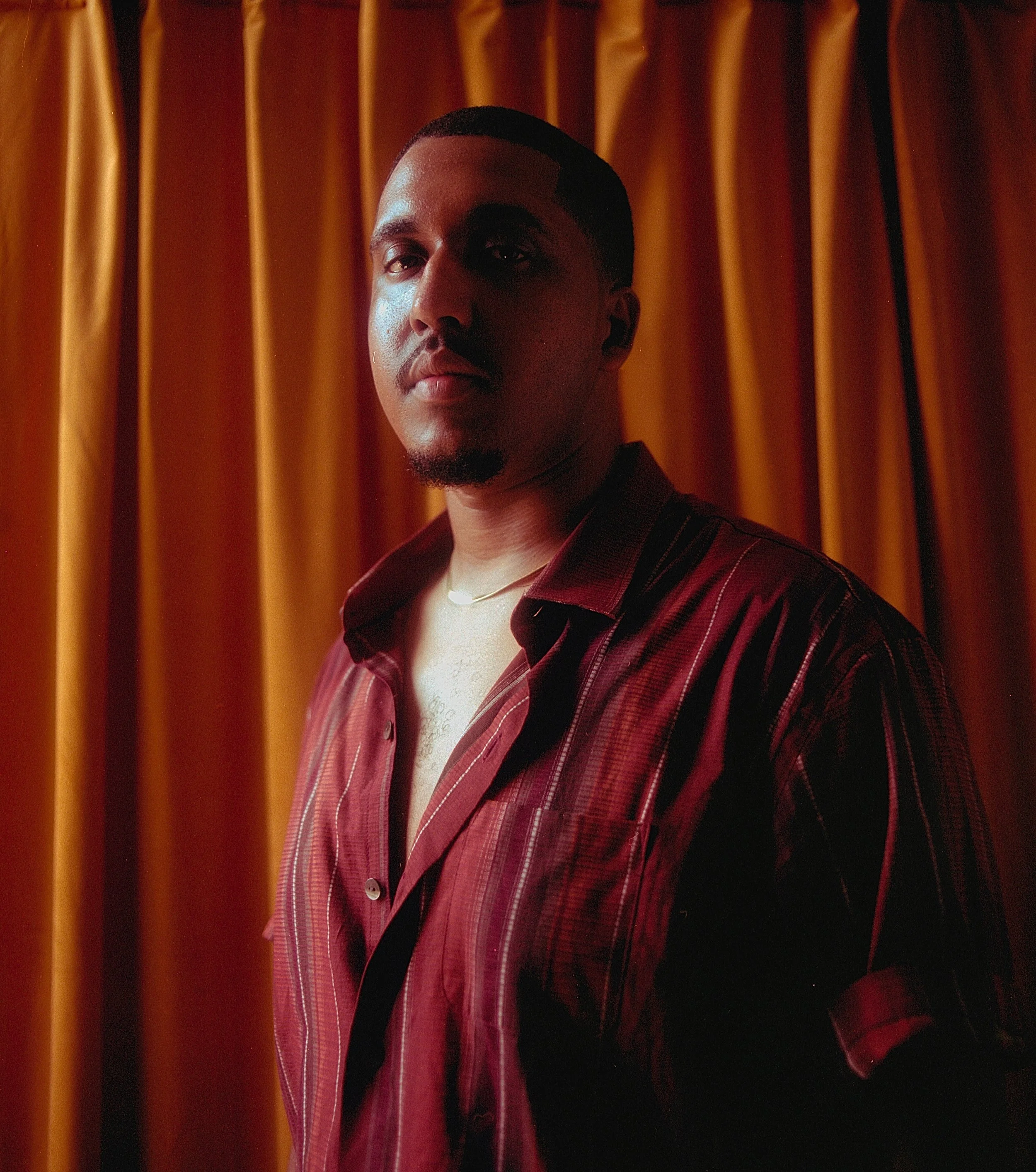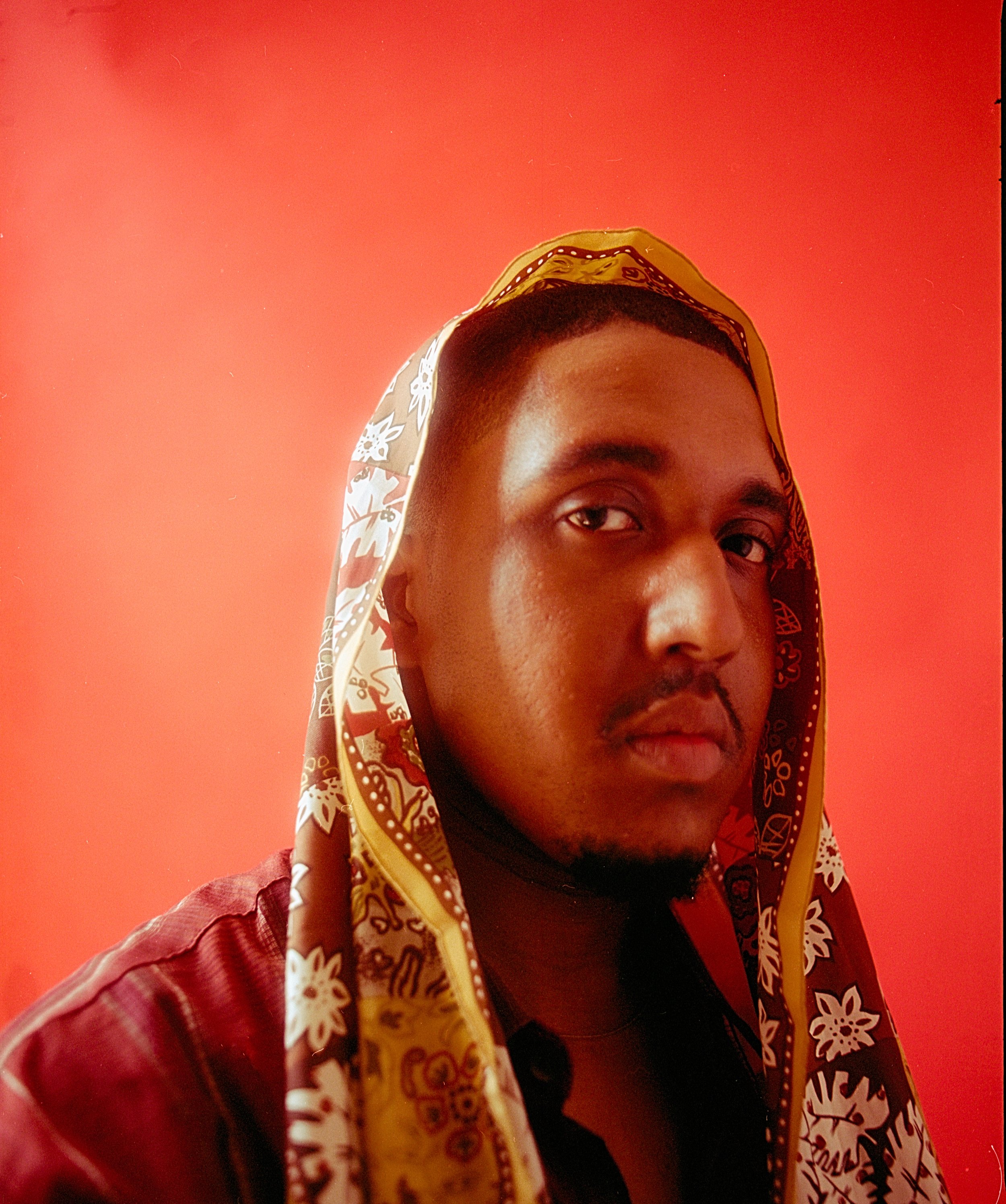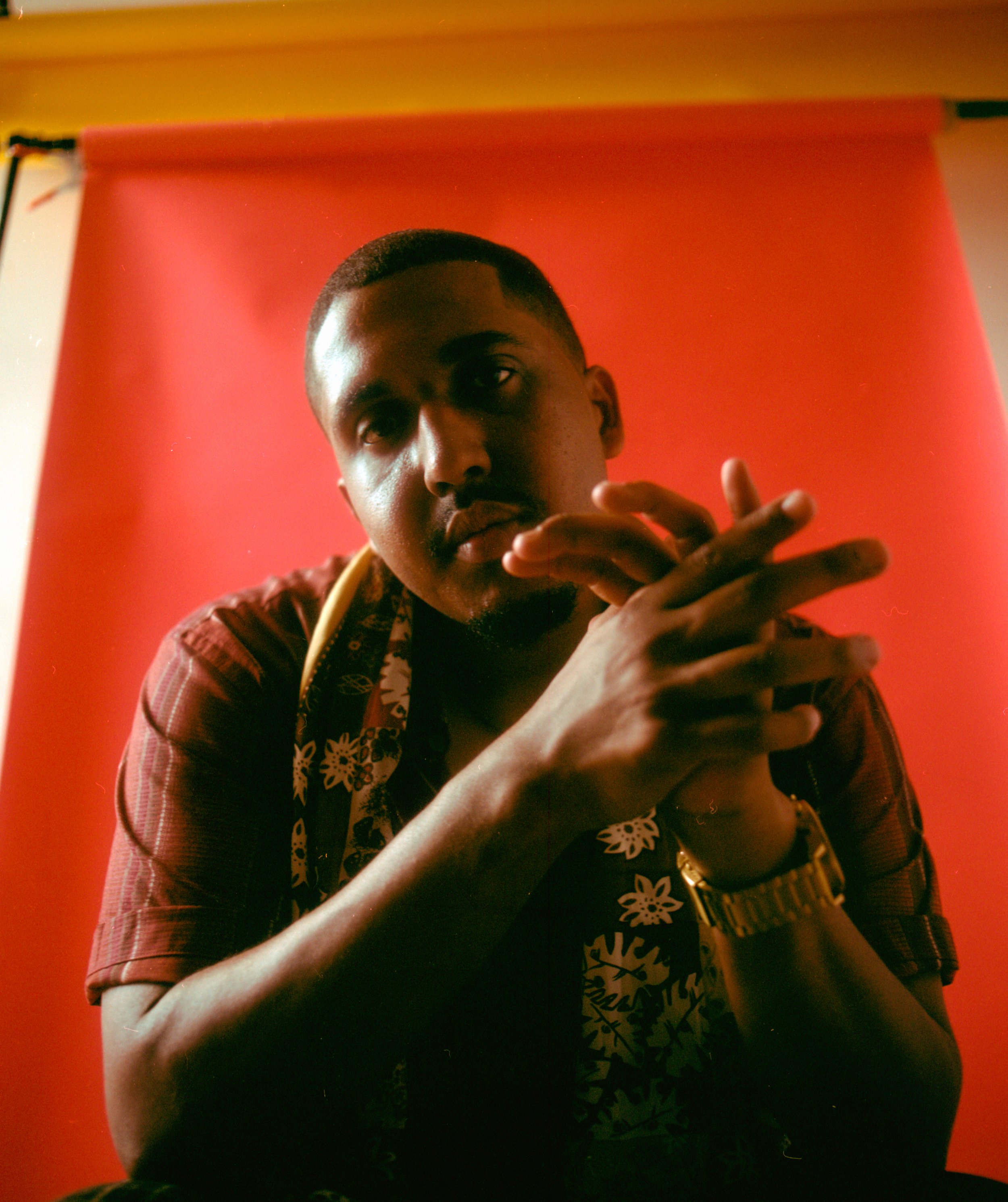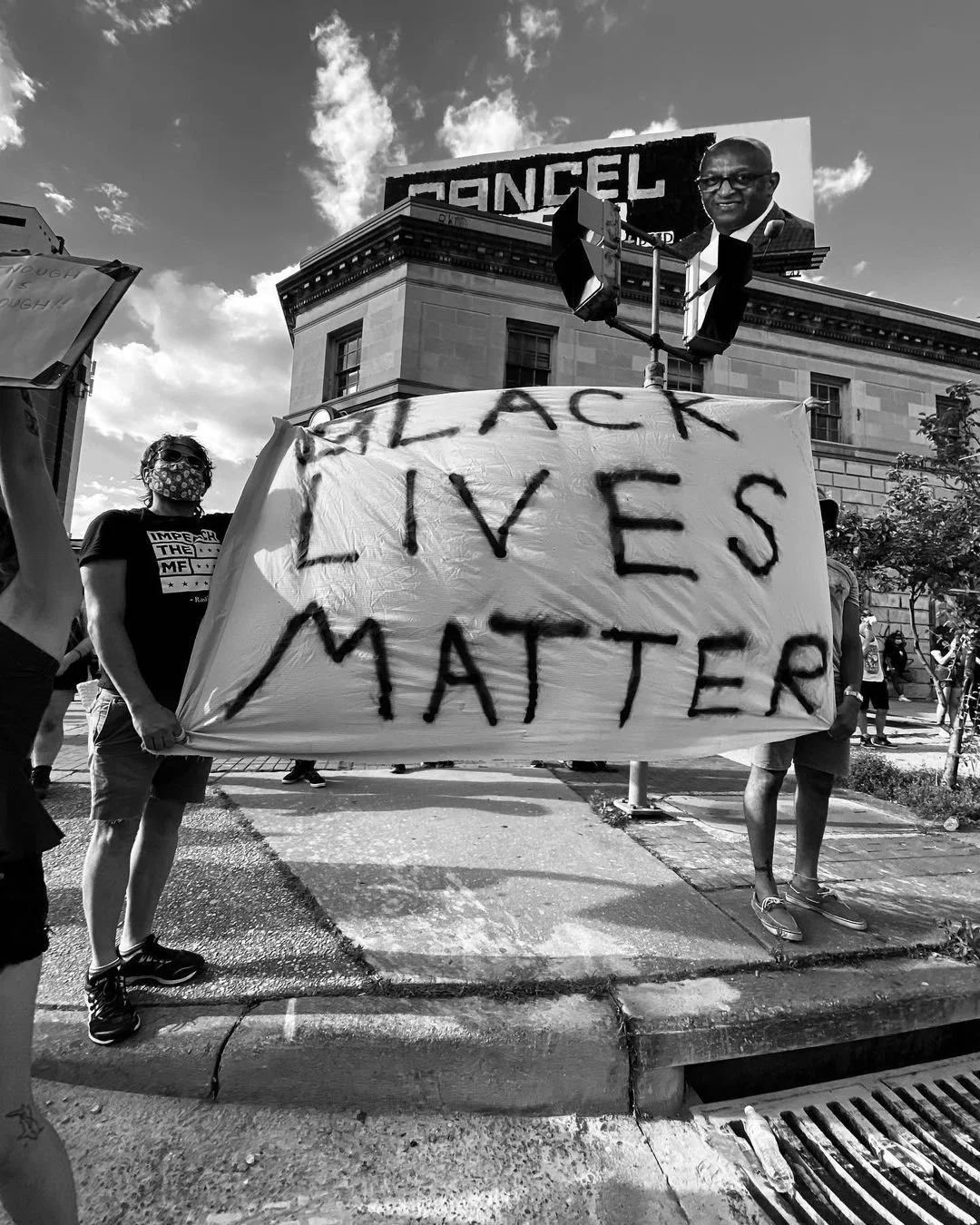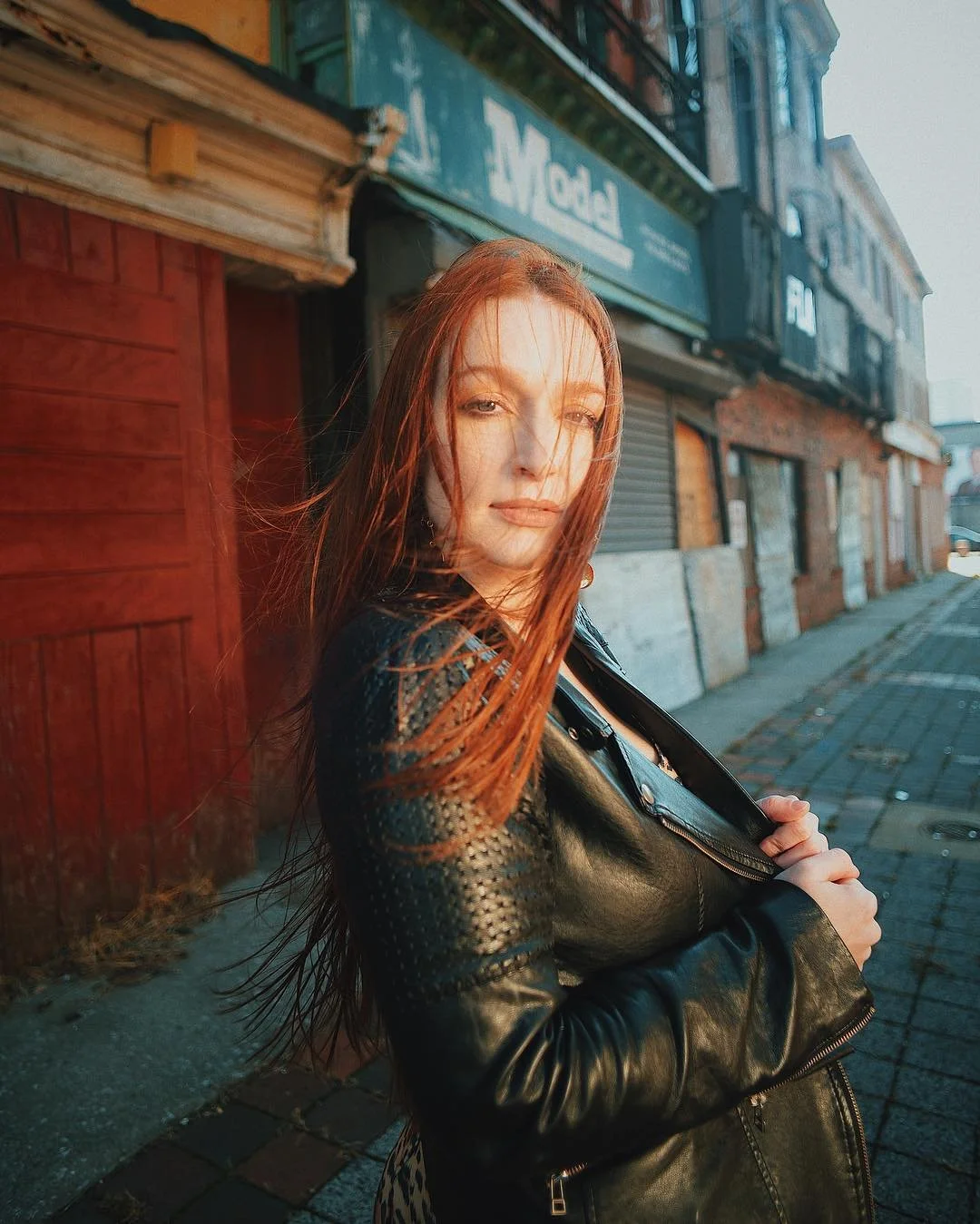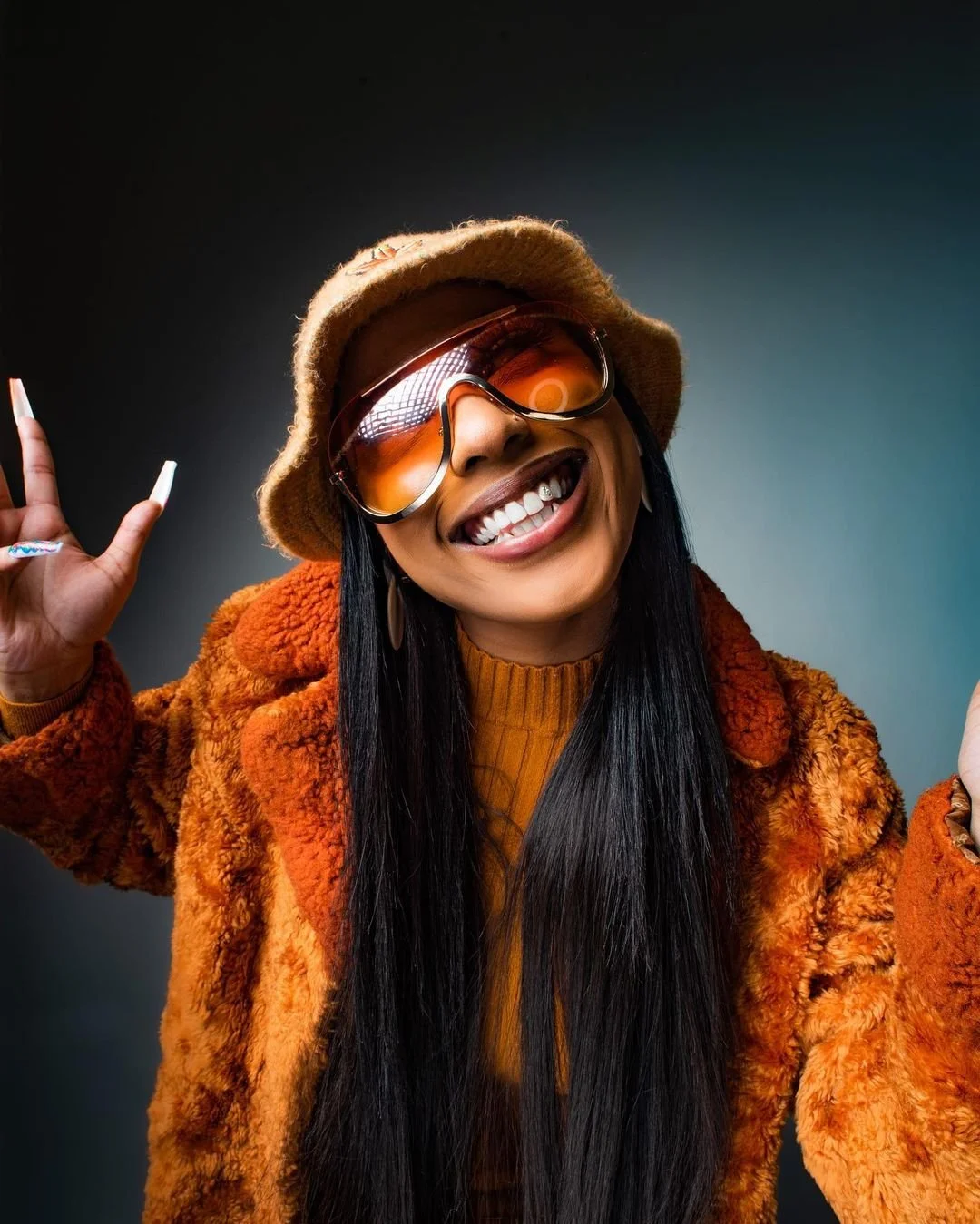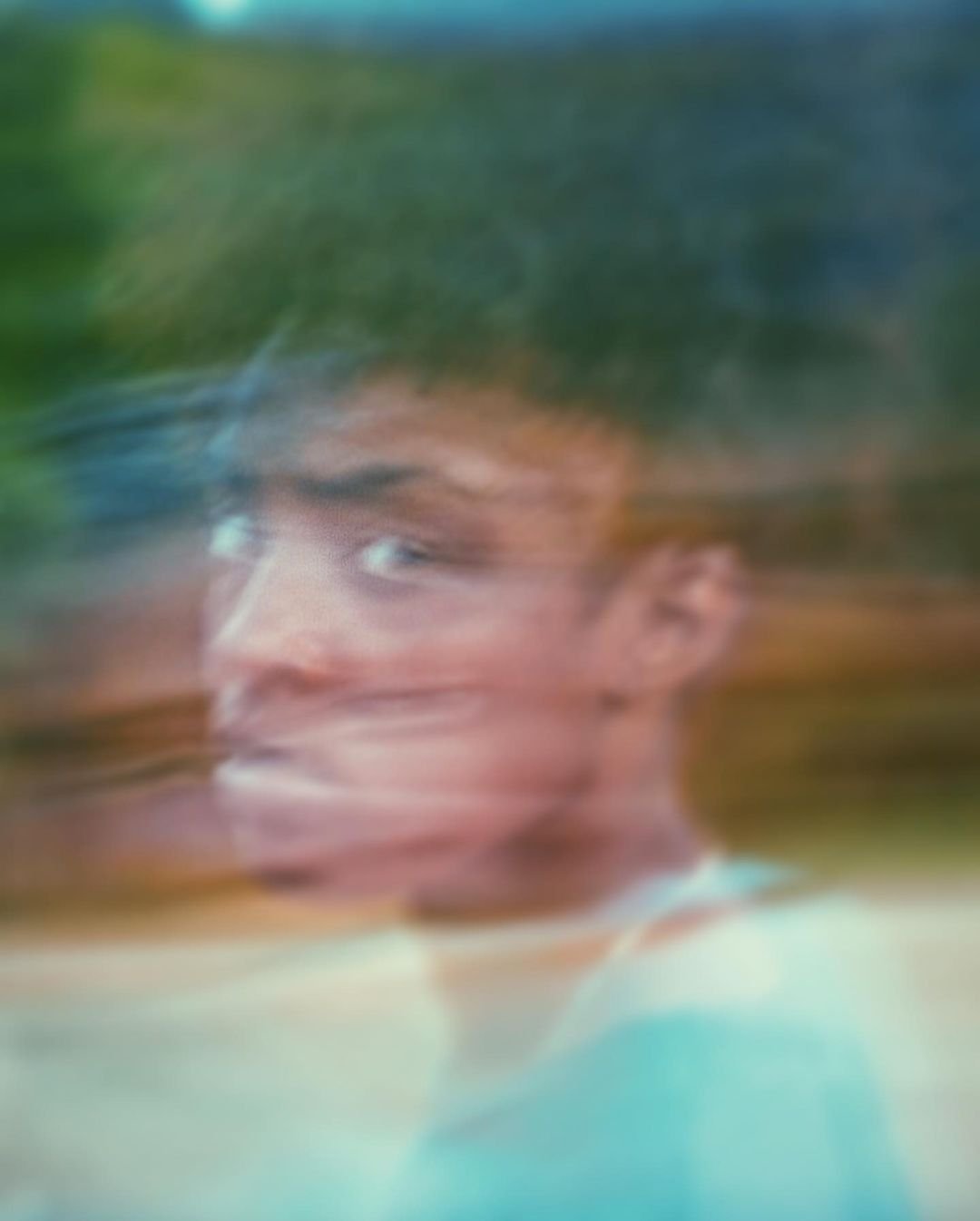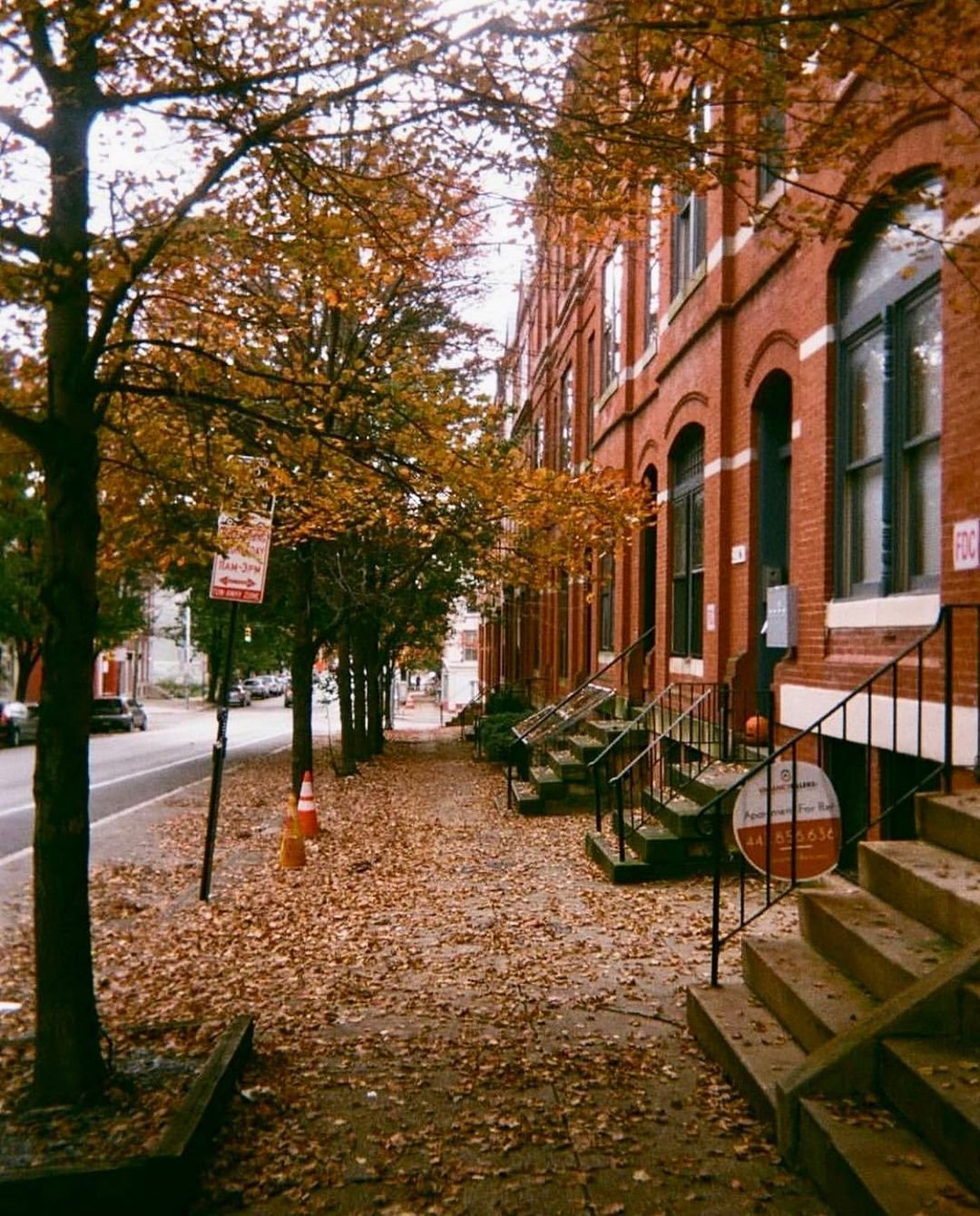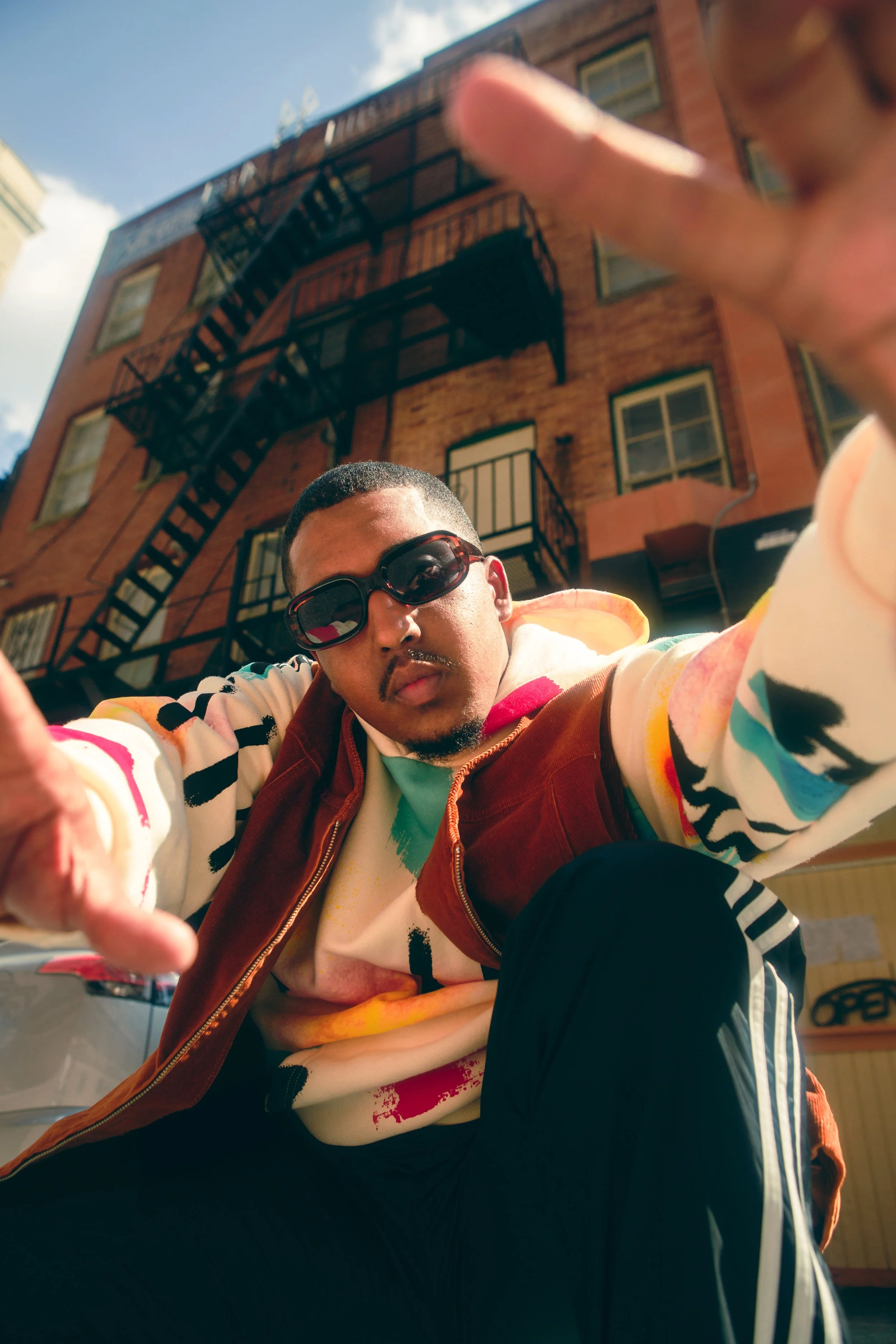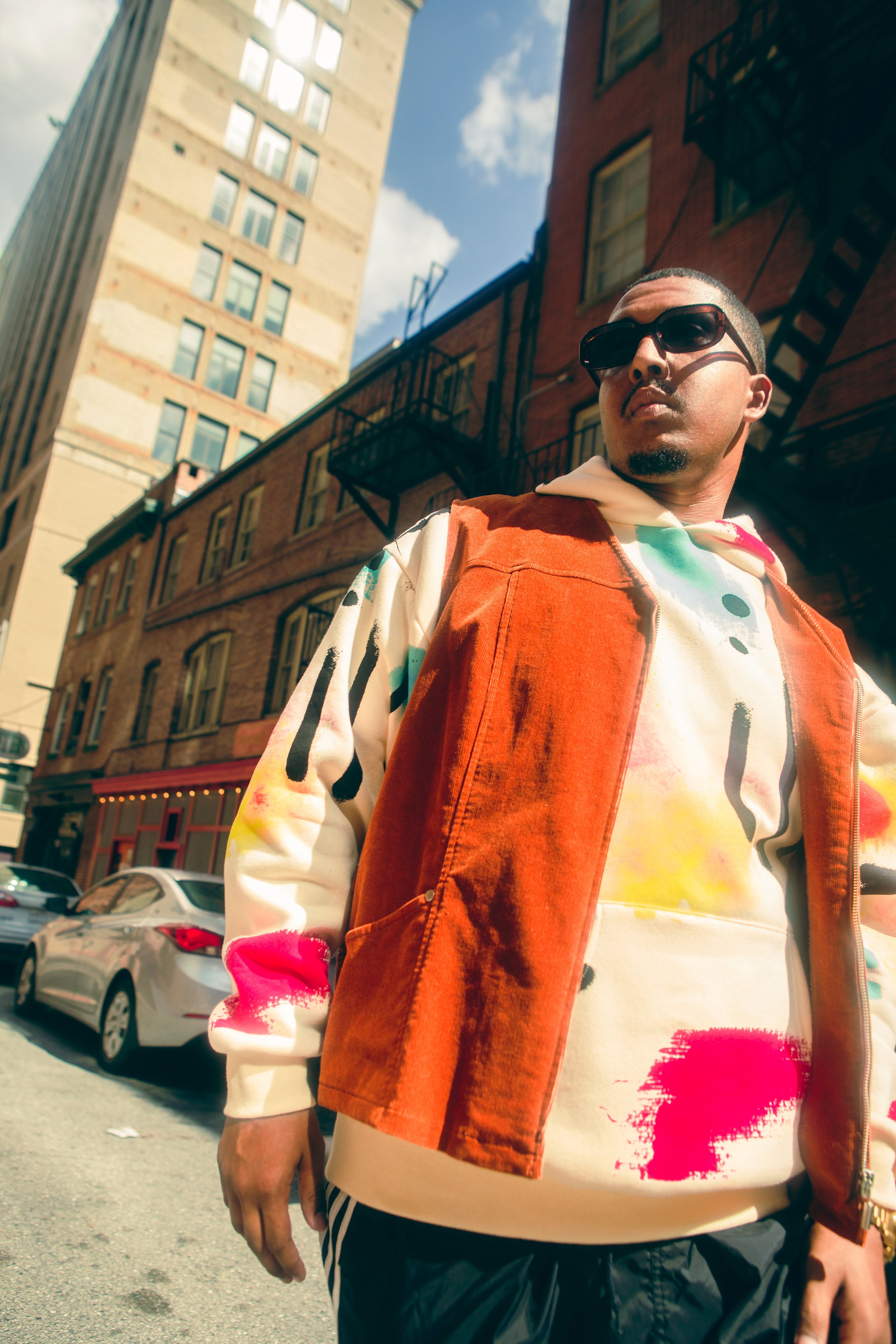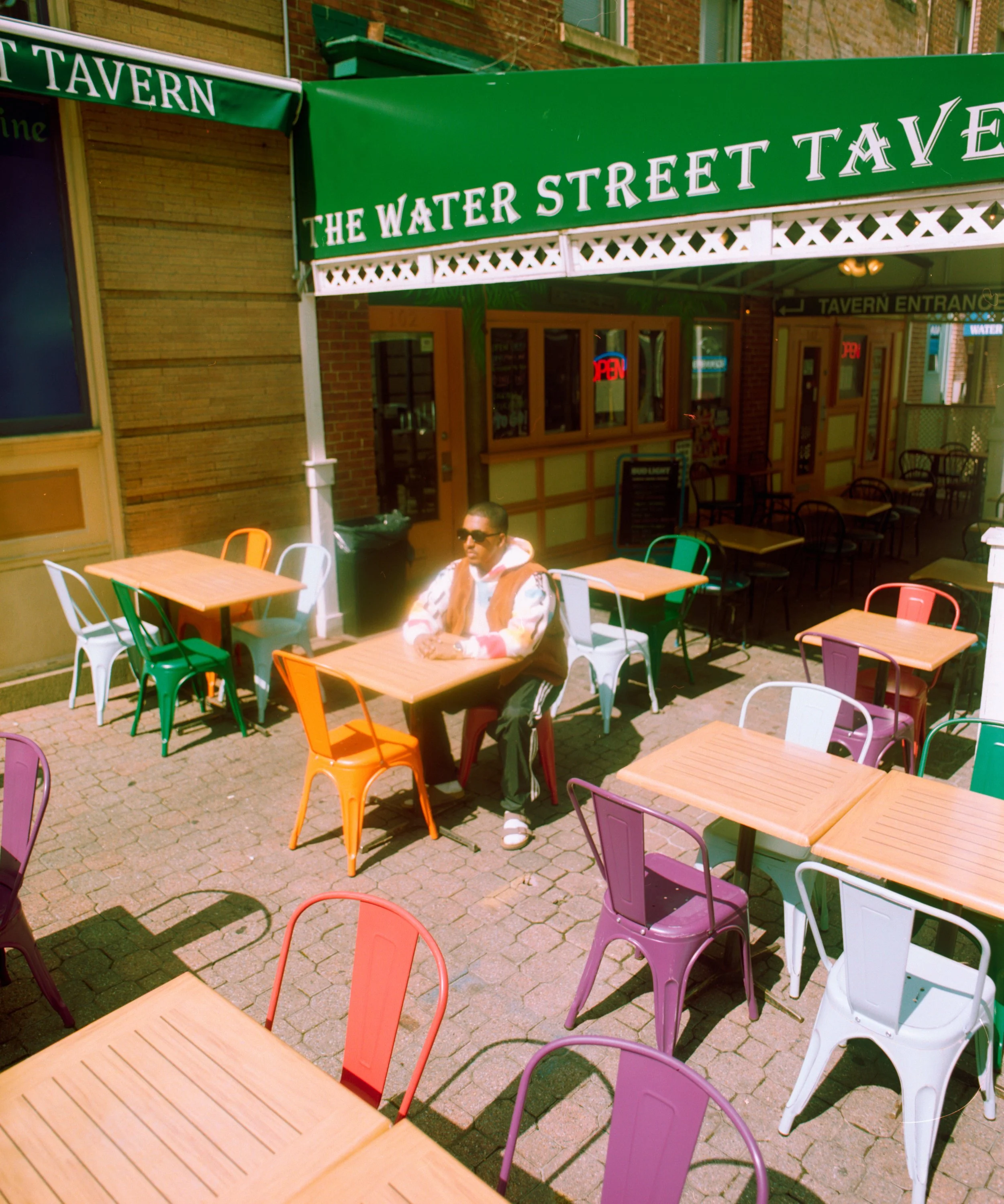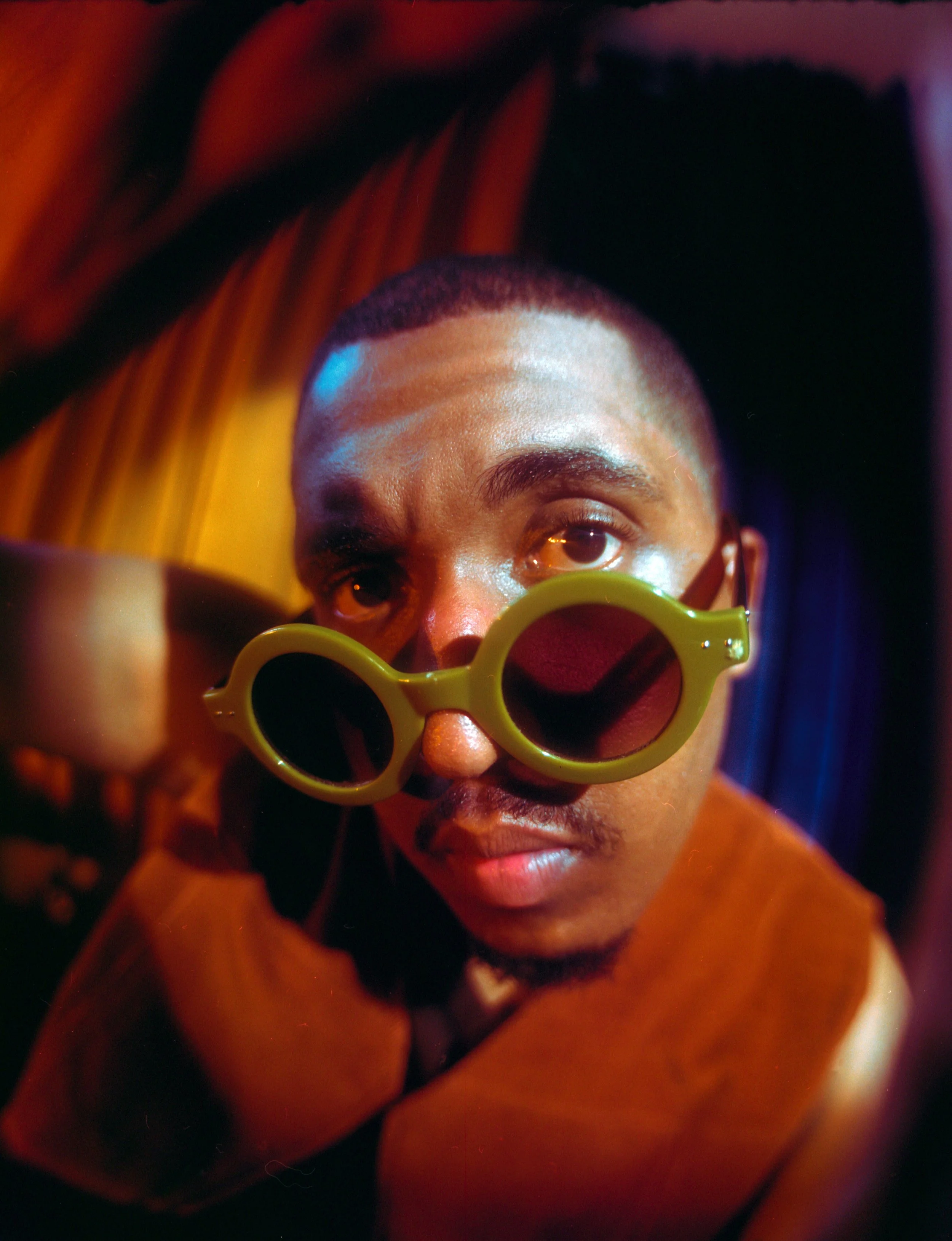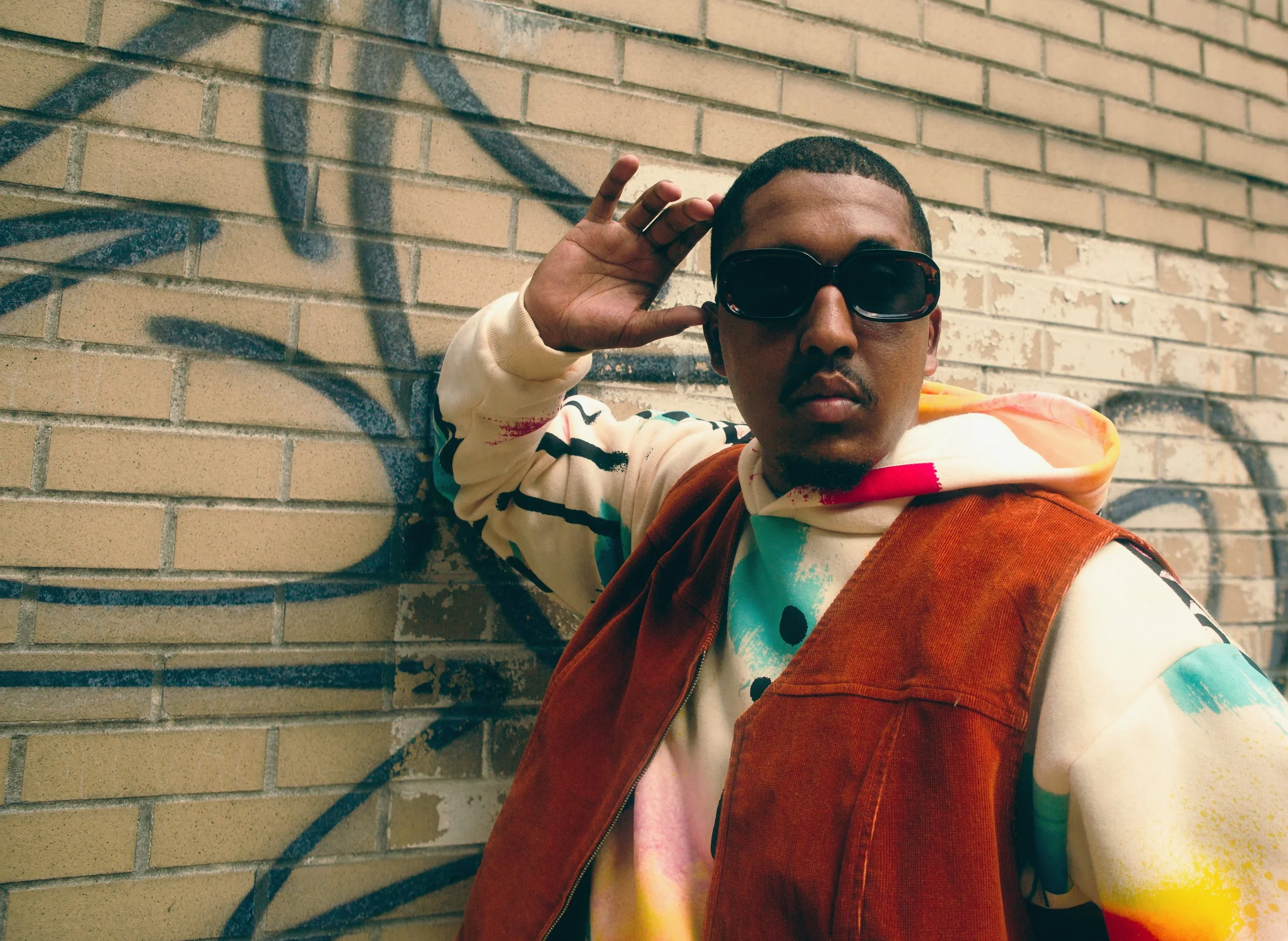Philip Muriel and the Greatest City in America
It was a particularly beautiful, chance Saturday four years ago in February when Philip Muriel’s leap of faith began at a car dealership. After stints of working at the Baltimore Aquarium, sales jobs for telecommunications companies, and finally the dealership, he was in agonizing need for a change. It wasn’t until a customer made small talk about their line of work in event planning, Muriel acted. “[H]e was telling me how lucrative it is and how much he loves it,” Muriel told me over the phone. He remembers that conversation vividly because it sparked something so profound, so gutteral in him that: “I was like, man, fuck this shit. I'm out.” Philip walked out of the dealership and never looked back.
According to Astrology.com, Philip’s decision to quit his job and pursue event planning full-time fits right into the Aquarian traits of independence, spontaneity, and dislike of dull, boring situations. “I’m an Aquarius, and we kind of like to do things our way,” Muriel admitted coyly. His Aquarian impulse to walk away from his 9-to-5 in pursuit of deeper fulfillment was a question of faith––it would prove lucrative.
However, organizing community events was something Philip already grasped from a young age. At just 14, the Baltimore native and his friend threw open mics at his local art center for the community. “[B]ringing people together, bringing community together is, you know, at the core of who I am. I've always been.” So it might not be such a wonder that the first event Muriel organized after departing his job was massively successful.
Moving Pieces, a pop-up art show, was the first event Philip co-organized with his close friend Evan Singleton as an adult in 2018. Held at The Ideal Arts Space (befallen to the pandemic and now permanently closed), the show featured over 30 artists of all crafts including sculptors, painters, photographers, singers, rappers, comedians, and even culinary artists. “We were very careful––very intentional about having a range of different artists,” said Muriel. Together, they packed out the venue to the tune of over 300 people.
Since then, the 28-year-old has organized more events which he calls “art socials”. Over the years, Philip would throw various art socials throughout the city. At the time of our interview, Philip had co-organized four events in 2021 alone: a photography workshop with Impact Hub in April; BLK ASS FLEA MKT, an all-Black-owned vendor market that turned out over 400 people, in May; Duality, a photo meet in collaboration with DC-based Afrotographers, in June; Afrofuturism A Photoshoot Party in July.
Philip tells me the next function in the works, an outdoor photoshoot party in Baltimore’s westside, will be free to the community. “I just love bringing people together. I love helping people be seen.” With more time to gather and serve his community, Philip is liberated––even more, fulfilled. “I'm feeling pretty good about being independent and like doing things on my own right now.”
When Muriel isn’t organizing events, he is working towards a three-year goal: applying for a fall 2022 MFA program at the Maryland Institute College of Art so he can become a media arts college professor. The Baltimore City College (third oldest public high school in the nation) graduate already teaches at his own workshops and lectures, teaching how photography works to beginner photographers in the Baltimore area. It is a calling he holds in tandem with his artistic ambitions and, since graduating last year from the University of Baltimore with a Bachelor of Arts degree, hoped to manifest into teaching integrated arts and photography at his alma mater. “I was going to be one of those teaching artists… I've always had ambitions to teach.” But as the worsening pandemic intersected with a summer of mass protests last year, “it was a really weird time to hop into any type of career.”
With the country in lockdown and uprising, Muriel joined local protests with his camera and began capturing historic moments in the streets. His work ended up being published in Baltimore Magazine and BmoreArt; he also earned his first commission after one photo was selected for a Current Space exhibition. His captures were heralded by people and publications across the country which gave Muriel the confirmation he needed to call himself a professional photographer. When Philip isn’t organizing events or educating people, he excels in photography.
Youth protesters hold a BLM flag during the 2020 summer of racial unrest. This photo was later featured in The People United, a window exhibition presented by Rebel Lens and WDLY at Current Space.
Model Mary Clark photographed on a Baltimore street in 2018.
Rap artist Miss Kam photographed by Philip Muriel.
Despite claiming professionalism a little over a year ago, Philip has been practicing photography for 20 years. As an 8-year-old, it started like most hobbies––personal and for fun. “I used to buy those disposable cameras and go to school and family events and stuff and take pictures of them… ‘cause I was really big into, you know, just capturing memories…[sharing] those moments with the people that I care about the most.” Growing up watching America’s Next Top Model and flipping through Harper’s Bazaar and Vogue sustained Philip’s interest with fashion photography and photoshoots as camera technology advanced.
By 18, Muriel owned a DSLR and started to educate himself on the foundations of photography. However, despite the digital camera’s ascendance, there was a growing resurgence in film photography. In early adulthood, it inspired Muriel to pick up film photography once again. “Going on three years ago now, I bought a disposable camera.”
Noting the forborne technical process involved with shooting and developing film, Philip credits having to navigate the delayed satisfaction natural to analog as arising presence within his practice as a photographer. “Sometimes I feel like, you know, myself and a lot of people in the photography community get so caught up in the end result and the final image. So we kind of, you know... fall out of love with that actual act of it,” he says. Pursuing film sparked in Philip a conscious fidelity to photography that would motivate the unfolding of a work of love dedicated to Baltimore and its community.
While in the middle of a following spree on Instagram earlier this year, I came across Baltimore On Film after coming across Philip’s page. Upon tapping the handle, I discovered a page dedicated to film photography of Baltimore. In the bio read “a film feed for The Greatest City in America.” I was instantly fascinated.
Autumnal leaves cover a street in Baltimore, taken by Philip Muriel.
But another one of the first things you notice about this page is the category: community. Originally created to serve as an outlet for his film photography, Philip got the idea to design Baltimore On Film to become a linchpin of the city’s film photography community. “I got the idea to build a community out of it, have other people have the opportunity to share their work, and highlight them,” says Philip. Little did Muriel know how big the community really was––and how fast BOF would pick up. “A few years ago, I feel like it was a lot of photographers, but, none of us really knew about each other… a lot of us thought that we were like one of the few. Come to find out, it was a lot of people shooting film in Baltimore.” A large community, once hidden and thus missing, would be found in a large way through Baltimore On Film.
The feed’s first images featured work from Philip and his friends. Then, with his network’s help, Philip created the hashtag #baltimoreonfilm to find and select work from other photographers. Now, there’s no question about the success of the page. “It really helped a lot of us come together. I've met people through the page; I’ve built a lot of community through the page; I got inspired by other people's work.” For now, Muriel is the feed’s only curator––and he is particular about the type of community he is building. “I’ve tried to be… very careful about just the energy that’s involved.” says Muriel. Muriel also looks for the following elements in photos: 1) it photographs Baltimore 2) captures the culture or landscape 3) has intention behind it. To the last point about intention: it’s all about love. “You don’t have to have the most expensive, greatest camera… [as long as] there was some type of love that was taken while capturing that image. I think that's probably one of the most important things: to have that, have a sense of love.”
Growing up outside of Baltimore in the so-called DMV, I was socialized into a dominant, reductive narrative: Baltimore was graceless. Baltimoreans are the butt of the joke. Despite being the most populated city in the DMV besides D.C., Baltimore and its people were ‘not’ a part.
Philip Muriel was born and raised in Baltimore. “All my friends and most people I've known throughout my life are from the city,” says Muriel. Baltimore is not just home, it's a chosen home. Muriel has traveled all over the country and visited most states––yet, he claims the more he travels, the more he loves his hometown. Why? Well, it’s the charm, as the city is known for. For one, a lot of Baltimore’s character can be found in the surviving bygone architecture and historic sites. But that can be a bit tourist-minded––Philip sees the city on a more obscure level. “There’s that grittiness of the North, but we also have that Southern hospitality that you can only find in the South.”
Philip also talks about a degree of authenticity and rawness to Baltimoreans that he hasn’t seen anywhere else, telling me, “A lot of it comes from, you know, just getting raised in the mud, you feel me?” He also claims the big city has a small-town vibe, which Muriel credits to being able to walk outside and see his chosen family, community. “It’s just like a secret,” Muriel says, his voice rising in revelation. “You come to Baltimore–for tourists–you're going to go to Inner Harbor. You might go to Federal Hill, might go to Fells [Point], you know, but that doesn't show you anything.” According to Muriel, for anyone to truly experience what Baltimore is at its core, “you just have to just know. It's like one of those places: If you know, you know. You don't, you don't.”
Muriel: “When the unfortunate murder of Freddie Gray took place, that really changed the city,”
Most people don’t know Baltimore. Worst of all, many think they do. Whether it was the portrayal of a sliver of West Baltimore in HBO’s The Wire, which ran from 2002-2008 and is still regarded as the greatest TV show of all time by many, many people (personally, agreed); or more recently the news coverage during the 2015 uprising for Freddie Gray. The world concluded that Baltimore was a ‘warzone’, a mess, a hellhole of the people’s making. Media has been used to form and inform deeply otherized views of Baltimore––a city that’s 63% Black. This marginalizes and dehumanizes Black Baltimoreans much in the same way non-white migrants or incarcerated humans are.
In particular, news footage of the Baltimore Uprising showing residents looting and burning down buildings was sensationalized as a riot and thuggery instead of the logical, ugly outcome of historic disenfranchisement, bondage, and a rotten system of public safety endured by Black Baltimoreans for centuries. Freddie Gray’s murder, happening during the genesis of the Black Lives Matter movement and hashtag activism, brought a global spotlight to the city. Philip believes this attention was for the worse in some ways, but it was also for the better in ways crucial to Baltimore’s future.
“When the unfortunate murder of Freddie Gray took place, that really changed the city,” says Muriel. He considers increased development––and in turn segregation, gentrification and what concurrently feels like a degree of white saviorism upon Black Baltimore––as a huge part of the “not so great” ways Baltimore has changed. Still, Philip says the increased investment has benefited the city not just financially but culturally. Particularly, Muriel believes the art scene has gained much more opportunity for local artists to get work and recognition. “A lot of people say that when you think of making it quote-unquote as an artist, you think about being in [places] like LA, Miami, New York,” says Philip. “But I feel like after the uprising, the Baltimore art community was just booming… we're starting to be seen.”
The number of galleries, studios, theaters, museums, supply shops, organizations, and events in the city easily proves it as a serious hub for art––with perhaps a unique edge that neither NYC or LA can claim. “In those humongous landscapes [NYC, LA], it's a great opportunity to drown and also to not be seen,” Muriel asserts, “But in Baltimore if you really care about what you do and are passionate about the work, it is so easy to be seen and recognized in the city.” Six years ago was the “spawn of a new Baltimore” if you ask Philip Muriel. Art, in a major way, is making Baltimore more beautiful than it already was. As we move further into the new decade, I wanted to see if Muriel had an assessment of what the next several years hold for his city.
When I went on an Instagram following spree earlier this year, it felt like discovering a hidden treasure. Not only did I discover Philip, but I found an array of Baltimore’s underground and aboveground art culture. The city is filled with world-class talent from poets, designers, performers, photographers, models, filmmakers, collectives, platforms and so on. There’s no shortage of shows, photoshoots, pop-ups, workshops, even queer dance parties. “The art here is a perfect reflection of the people here,” says Muriel. “It's real, it's raw, it's authentic, it's accessible, it's friendly. It’s also mean… gritty.” For the 2020s, he anticipates Baltimore becoming a major hub for artists not just in this country but in the world. He sees opportunities and attention for Baltimore artists, particularly Black and queer artists, “expanding exponentially”. After all, “when you give people the opportunity to be seen, that's when culture is created,” Muriel says.
As Baltimore emerges from the pandemic, it faces various economic and humanitarian challenges, especially after hurt revenue streams from last year’s shutdown. It faces an equally important image problem. The city’s future is tied to reversing its declining population, reimagining public safety, fixing its image, and shoring up business and community development.
There is no doubt the activity art invites can play a major role in boosting the quality of life, culture, community, and, in turn, the local economy. Policymakers need to target investment in the arts as part of the city’s recovery and longevity. But art can’t fix everything, which means policymakers need to confront the racist lack of infrastructure, public safety, and living needs in historically neglected, largely non-white regions in Baltimore like Sandtown-Winchester/Harlem Park depicted in The Wire. We need to encourage more people, more artists, to call Baltimore home. Even so, Baltimore continues to charm many, many people into calling it home. “When you live here––[you meet] so many transplants. A lot of people that come here and just stay here forever. Because it just offered something different,” says Muriel. With the right investment, the city can be known, seen, and coveted globally as Charm City.
Philip wants to make it easier for artists to call Baltimore home. He is also working towards a five-year goal of opening a gallery in Baltimore City. “Ultimately, I would like to open up a gallery space in Baltimore for artists of color to be able to display their work, have events, and nurture them in ways that a lot of black artists in Baltimore don't have the opportunity to be nurtured.” He acknowledges that “it’s complicated” since there’s currently a very limited amount of space in the city. But Philip is deeply committed to building Baltimore. “That’s my goal because without community you ain't got nothing,” Muriel says. He is the community builder Baltimore needs.
As a lifelong Marylander, I’ve never heard someone speak about Baltimore the way Philip Muriel does. Muriel is the first person I’ve talked to who considered Baltimore the greatest city in America. He’s the champion Baltimore needs. “Why do I say Baltimore is the greatest city in America? It’s kind of like a double meaning because it's a play on our famous bus stop benches––it says ‘Baltimore, the greatest city in America’. So it was a play on that. But also, it’s the truth. There’s no better place in the country than Baltimore.” Philip plans to travel for the rest of his life, but he will forever remain rooted in Baltimore. “This is home… this is my tribe, my community [...] [People] ask me what’s my nationality? My nationality is Baltimorean. I’m not from America, I’m not from Maryland, I’m from Baltimore. Before anything.”

